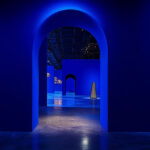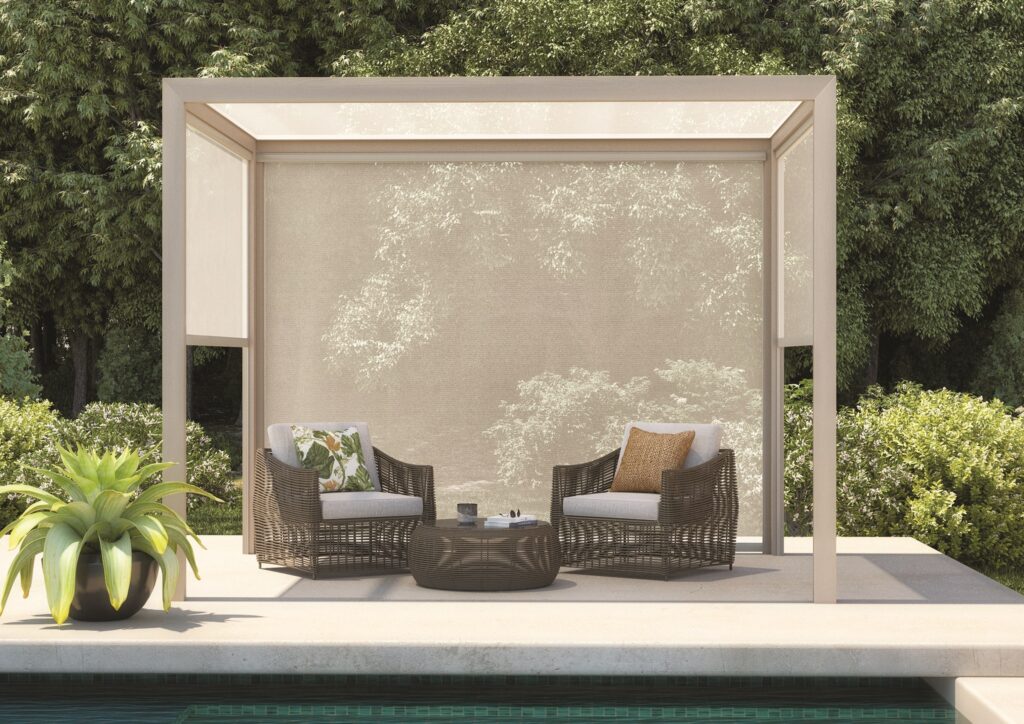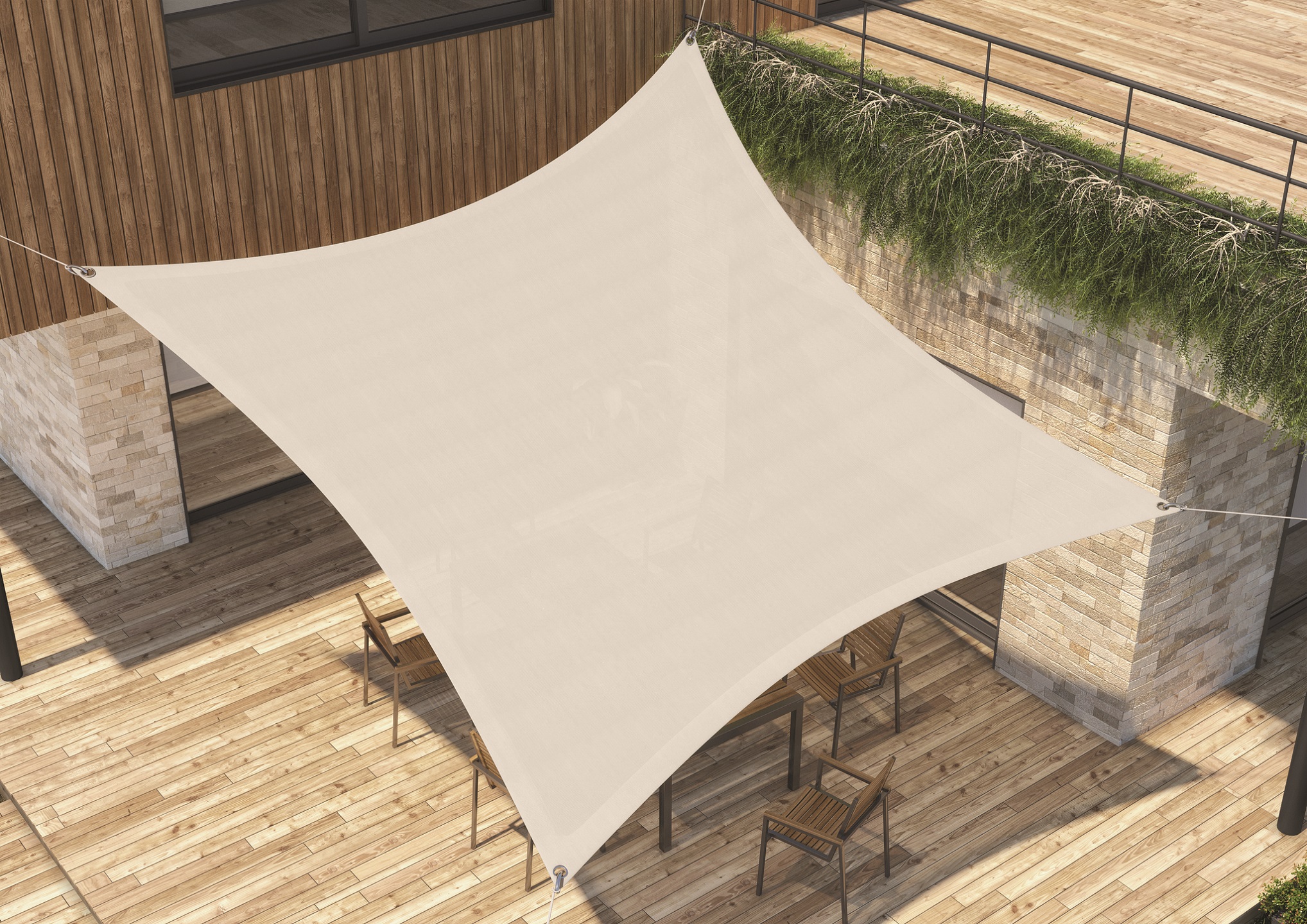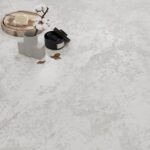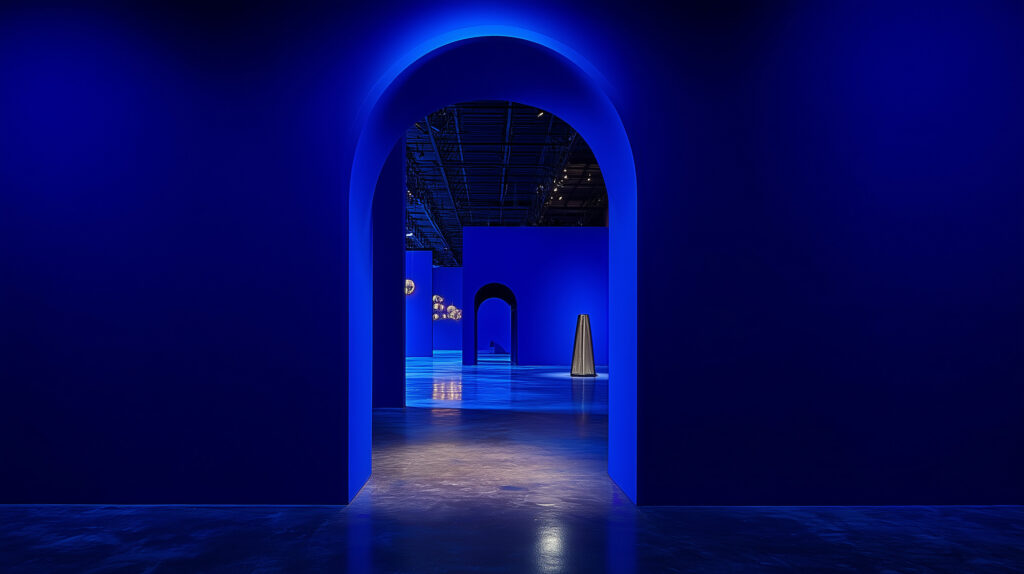Dickson presents a new micro-perforated outdoor fabric that shields from the sun and offers maximum thermal and visual comfort
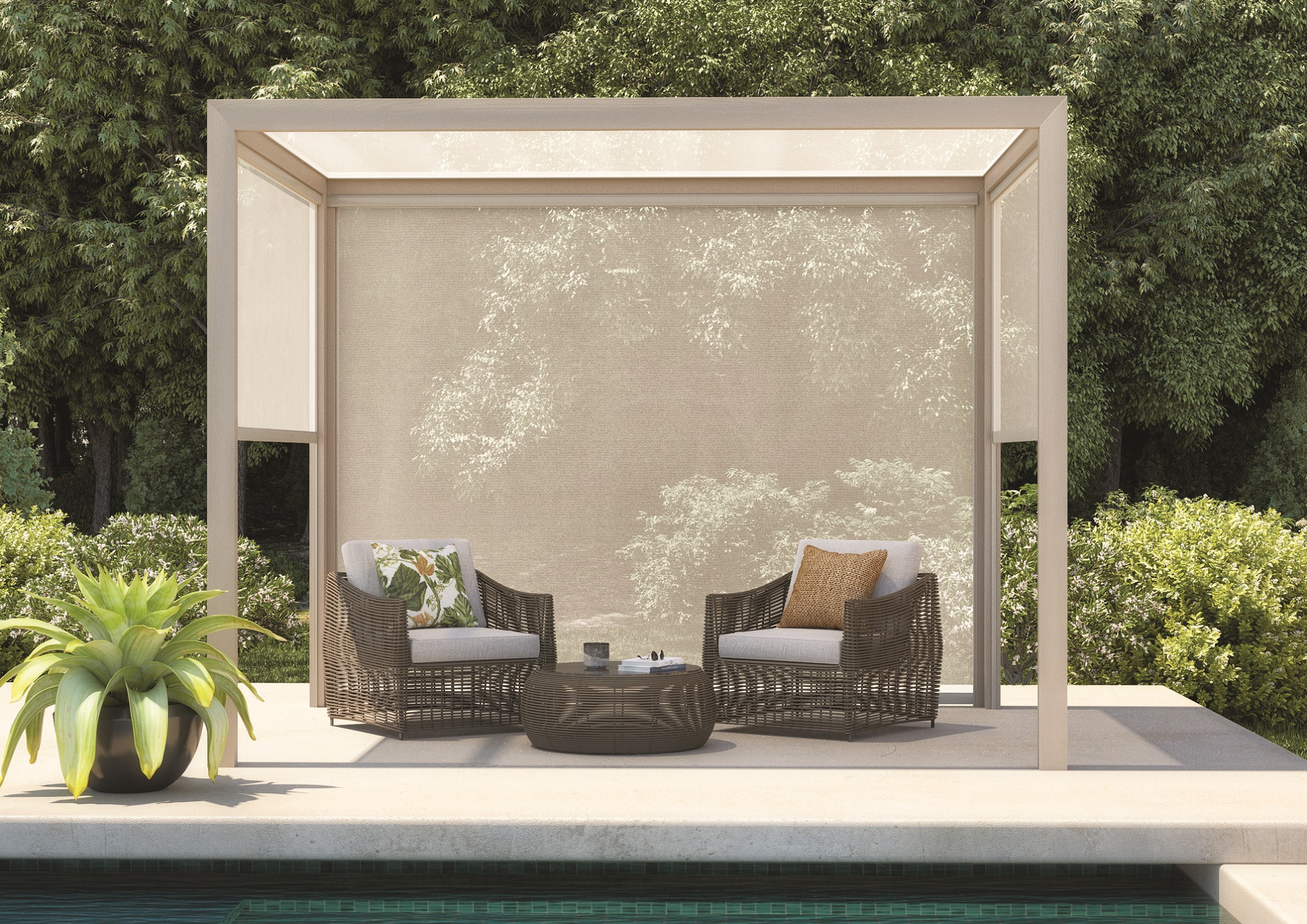
Dickson presents SWK15, a new outdoor fabric that shields from the sun while allowing for visual contact with the surrounding environment. The micro-perforations of SWK15 ensure excellent natural ventilation as well as balanced brightness of the sheltered outdoor area. This fabric is ideal for use as a vertical blind, shade sail, retractable pergola or awning for verandas.
The new SWK15 outdoor fabric by Dickson
SWK15 features a Rachel Trameur weave made with a coating process that deeply impregnates yarn, making the material resistant to tear and weather, therefore more durable. Thanks to the 15% opening rate between one filament and the other, SWK15 allows for a homogeneous brightness, guaranteeing excellent visibility to the outside; furthermore, the fabric is able to block 73%-85% of the sun’s rays. SWK15 also blocks up to 83% of heat, making outdoor spaces pleasant and comfortable, even in the hottest hours. The micro-perforation of the fabric, in fact, guarantees the passage of air for better ventilation and ensures greater protection from the sun and UV rays preventing overheating.
A versatile and eco-friendly fabric
SKW15 fabric is available in 9 colors and is perfect to decorate any type of outdoor space, both public and private. Moreover, it is easy and quick to clean – just soap and water. Lastly, SWK15 is Greenguard Gold certified, which means that it helps creating healthier and less polluting outdoor spaces.
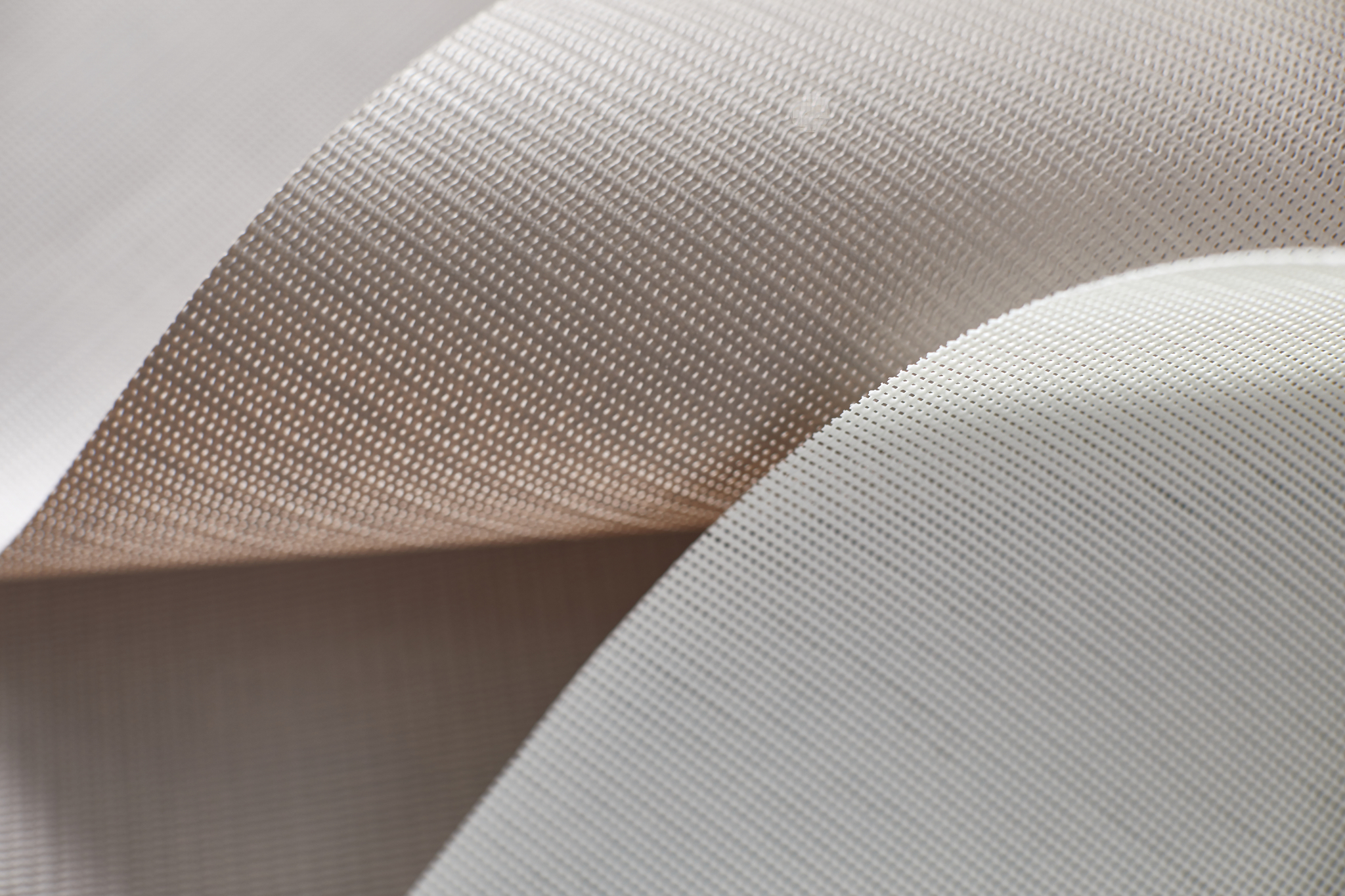 Discover why human beings love pergolas according to neurosciences
Discover why human beings love pergolas according to neurosciences


